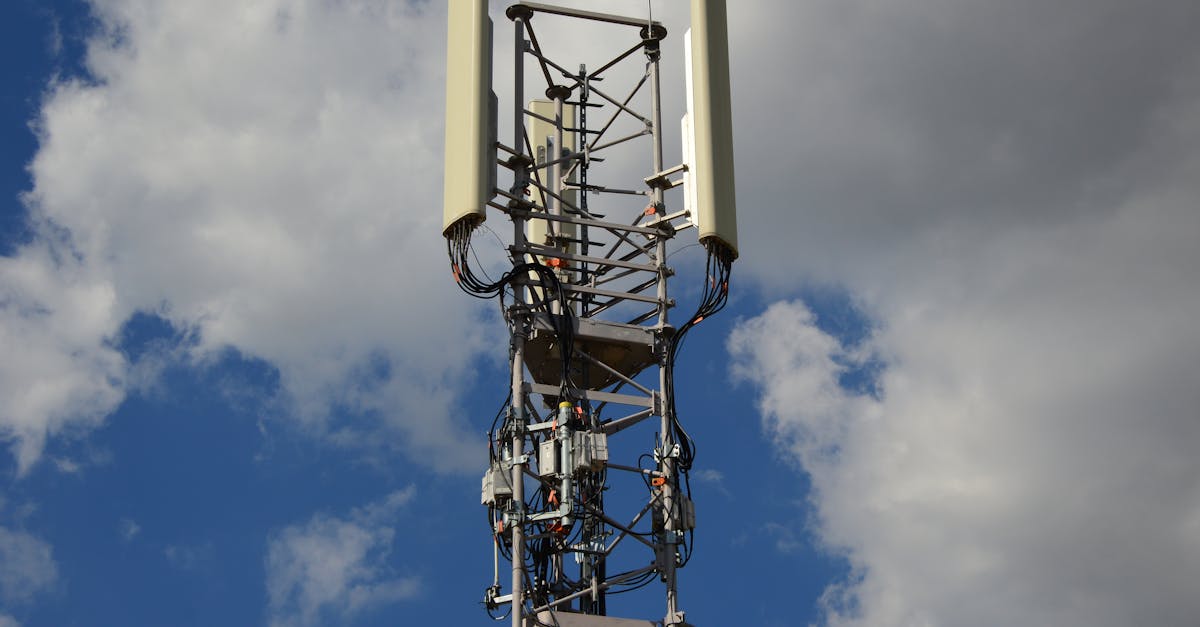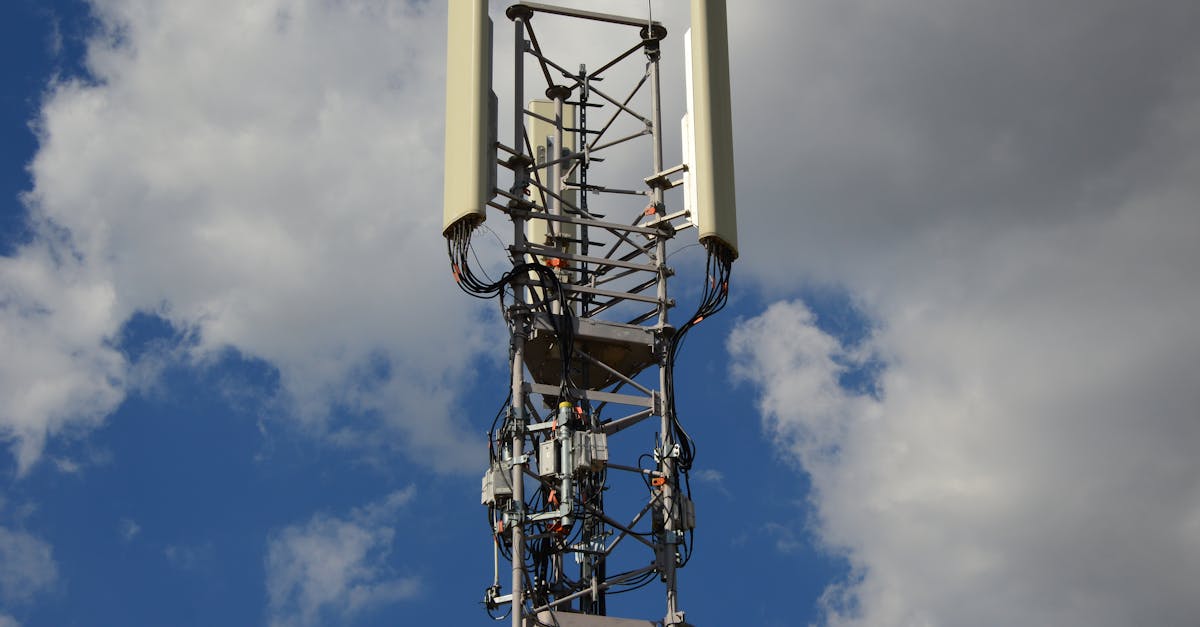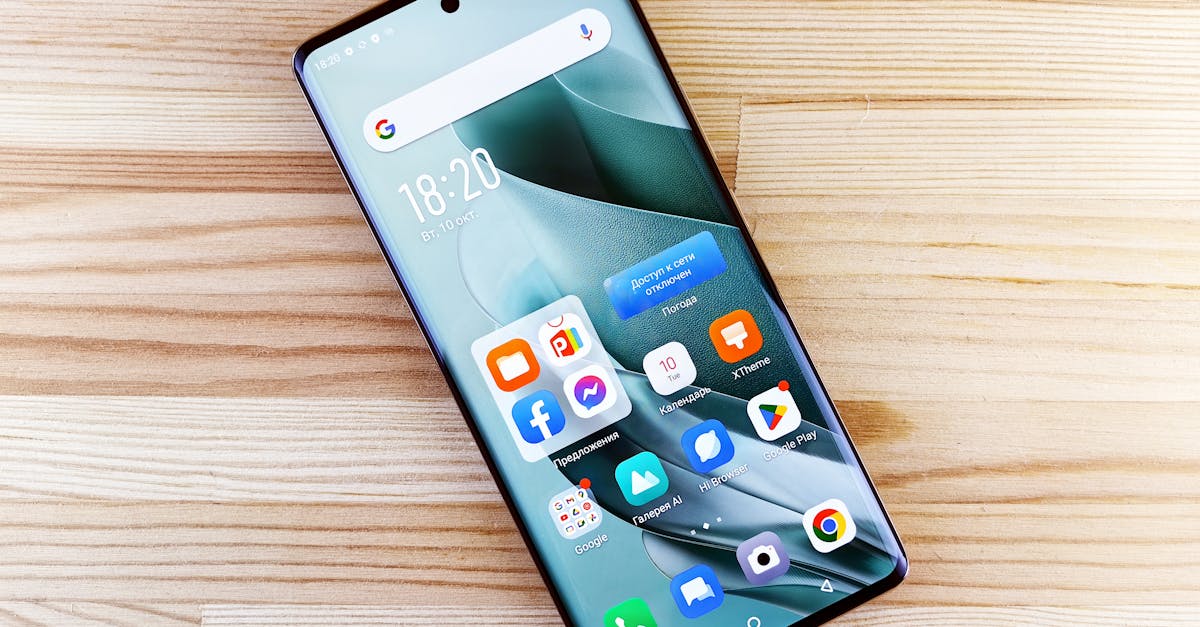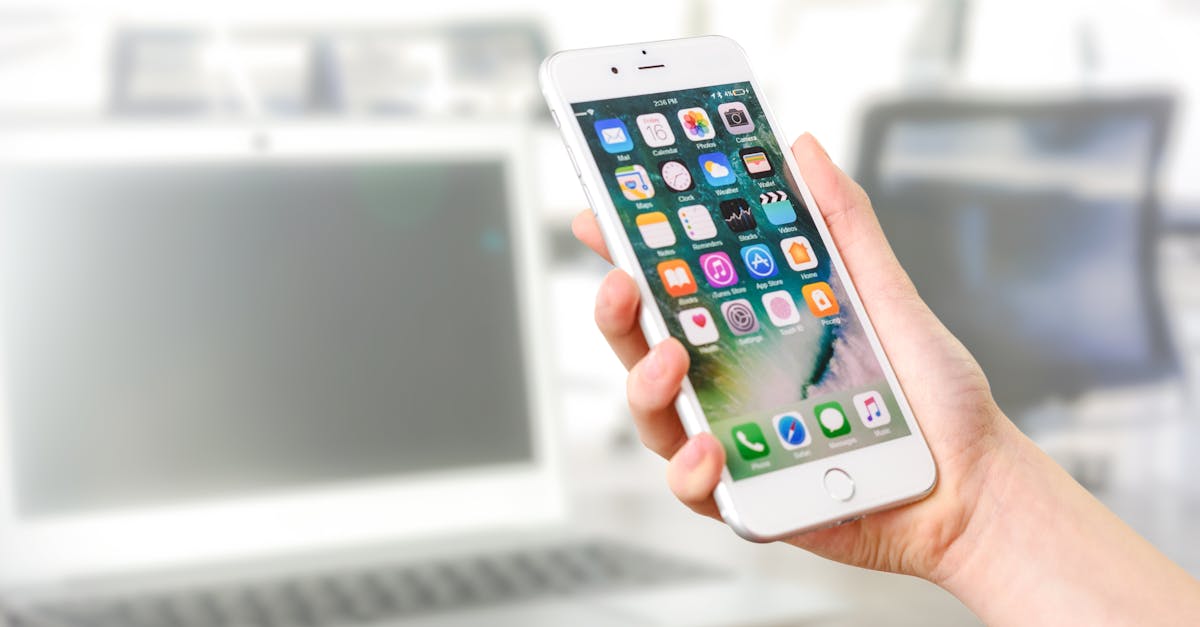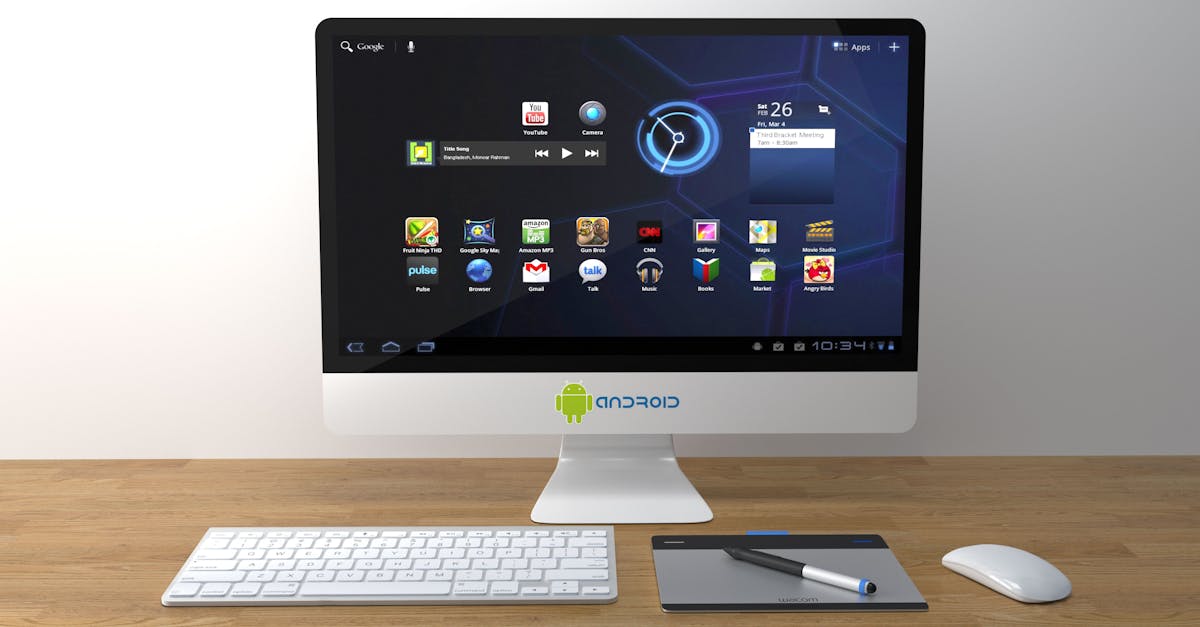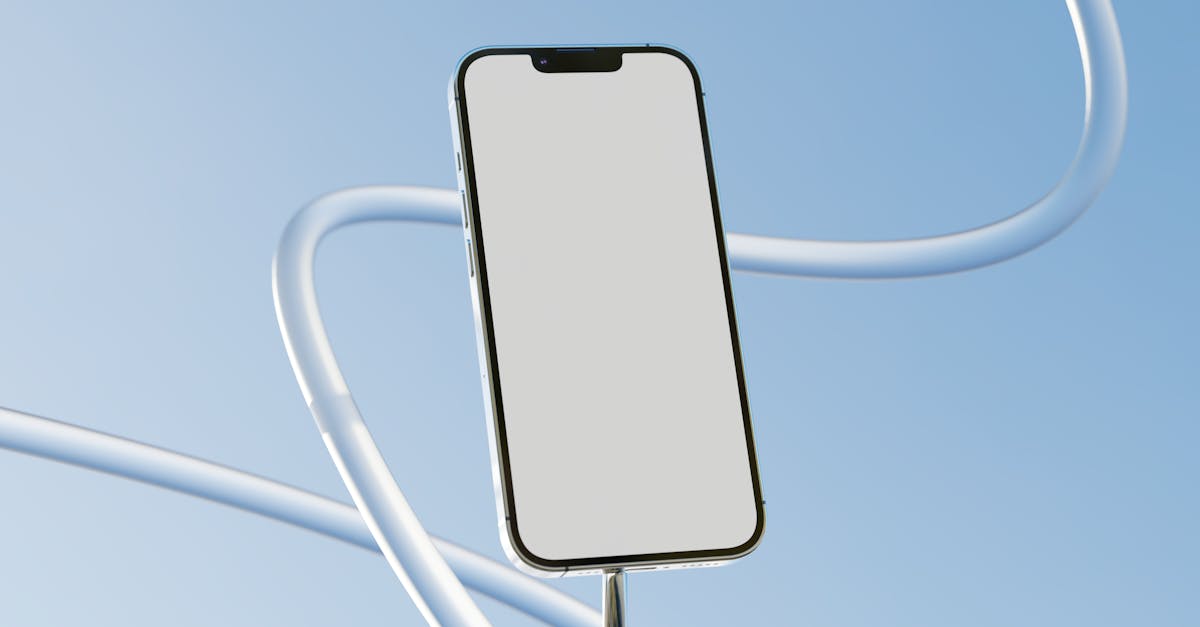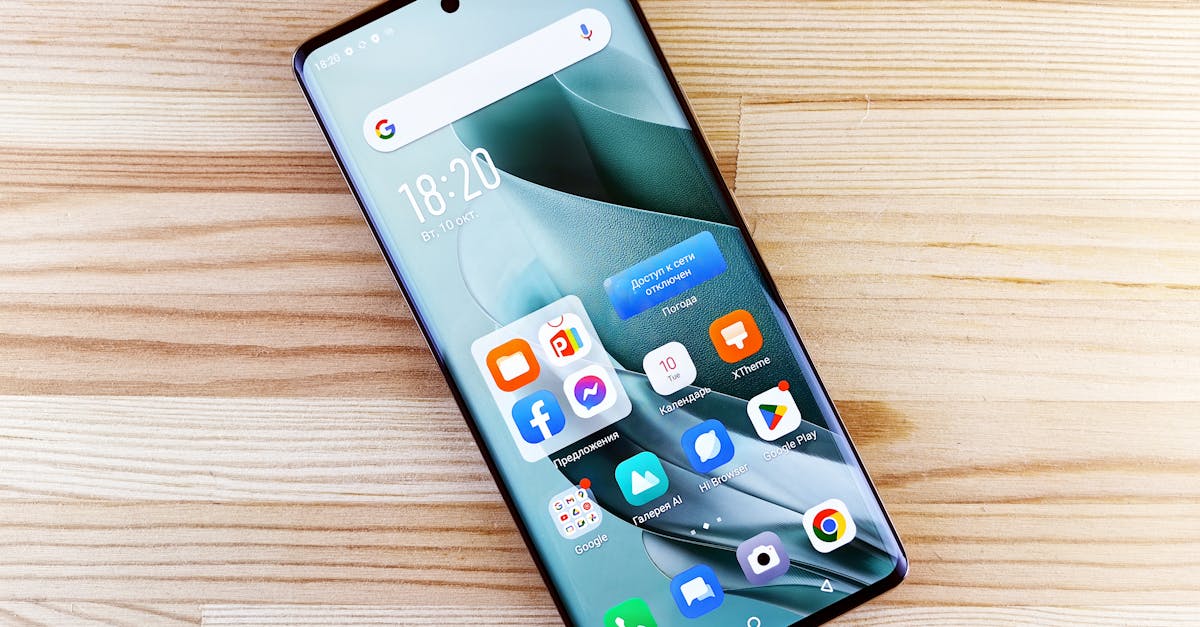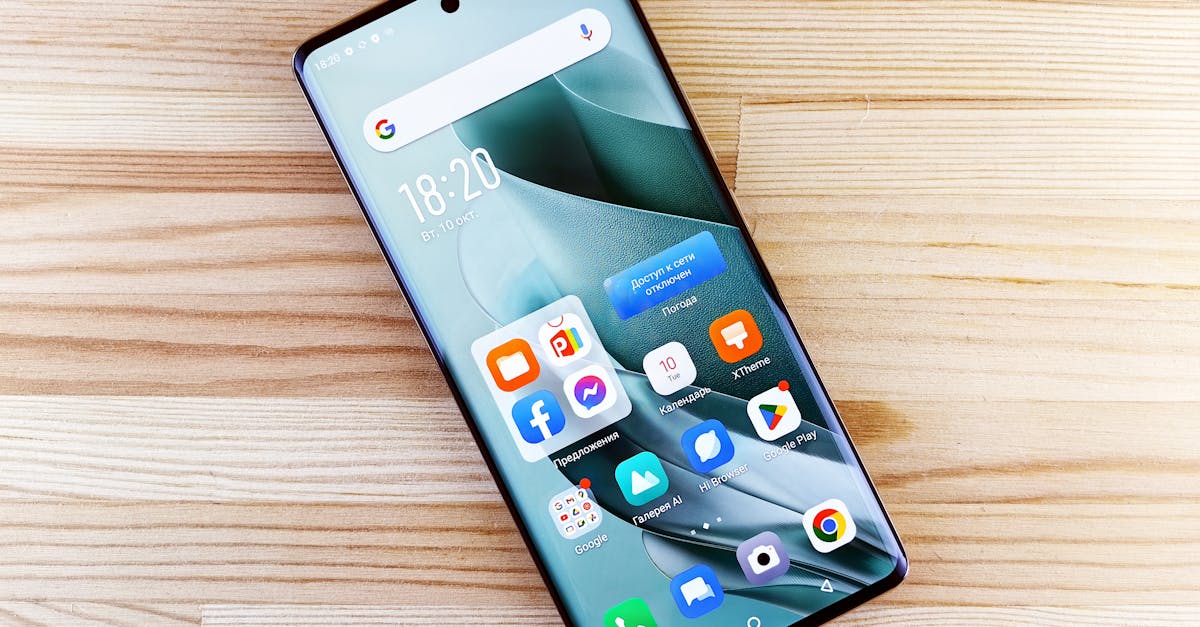The Future Of Foldable Phones Innovations And Challenges
Introduction
Foldable phones have emerged as one of the most anticipated innovations in the mobile industry, showcasing a blend of futuristic technology and design. With centuries of clamshell design influence behind them, these modern wonders promise to change the way we interact with personal devices. As the technology develops, foldable phones are evolving, presenting both exciting innovations and formidable challenges.
Advertisement
Technological Advances
The advent of foldable phones is propelled by advancements in display technology. Flexible OLED (Organic Light Emitting Diode) screens allow devices to bend without breaking, offering a robust foundation for foldable designs. Enhanced hinge mechanisms further support seamless transitions between phone and tablet modes, ensuring enhanced user experiences.
Advertisement
User Experience Transformations
Foldable phones offer unique benefits, including multi-tasking capabilities and larger screens without the bulk of tablets. This transformation in user experience is particularly enticing for individuals who prioritize productivity and entertainment. By minimizing screen transitions and interruptions, these devices promise smoother and more integrated functionality.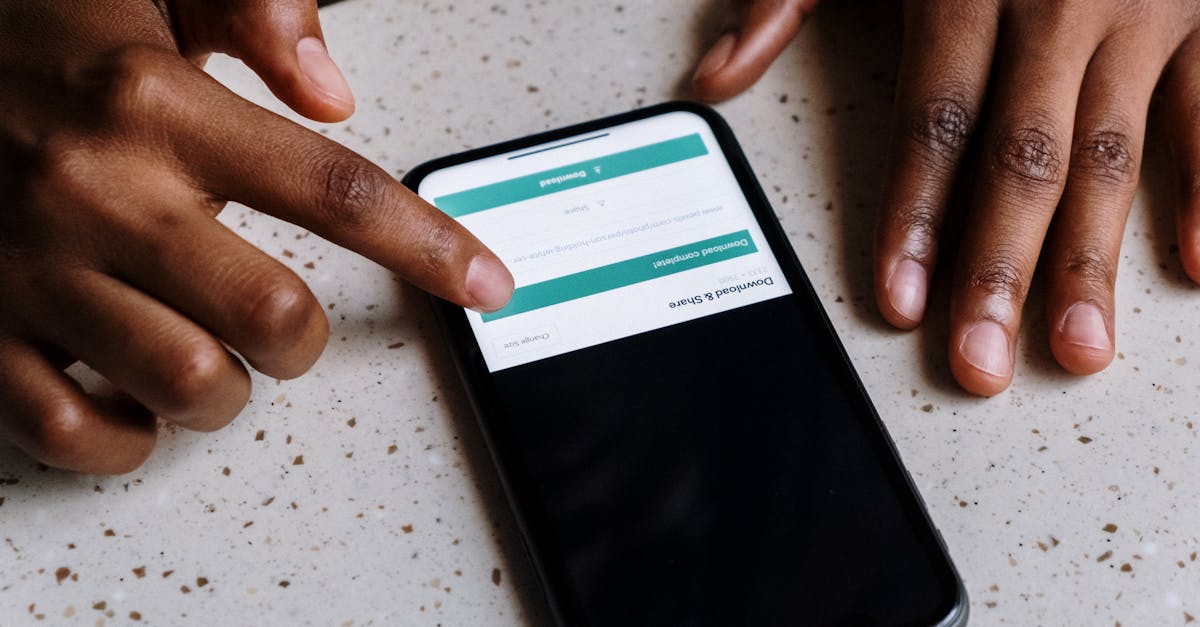
Advertisement
Design Aesthetics And Innovations
With foldable phones, design aesthetics have taken an unprecedented turn. Manufacturers are exploring various form factors like flip phones and Z-fold designs, delivering innovation paired with nostalgia. Thin yet robust materials ensure durability while providing visual appeal, merging modern engineering with consumer trends.
Advertisement
Challenges in Durability
Despite technological advancements, foldable phones face durability concerns. The foldable screens are prone to wear and creases after repeated usage, leading to performance and aesthetic degradations. Additionally, the hinge technology, crucial for smooth folding mechanisms, requires significant improvement to counteract long-term wear and tear.
Advertisement
Cost Barrier for Mass Adoption
One primary challenge for foldable phones is their cost, largely driven by cutting-edge displays and complex assembly processes. Priced significantly higher than traditional smartphones, they remain out of reach for many consumers, potentially stalling widespread adoption. Manufacturers are continually seeking ways to lower costs without compromising on quality and innovation.
Advertisement
Software Optimization
For foldable phones to reach their full potential, software optimization is critical. Developers need to create responsive applications that transition smoothly between various modes and screens. Ensuring seamless integration between the device's hardware and software can enhance functionality and user satisfaction, paving the way for lasting success.
Advertisement
Market Competition And Brand Strategies
The foldable market is a competitive landscape, with top brands vying for innovation leadership. Companies like Samsung, Huawei, and Motorola experiment with foldable technology, exploring unique selling points to capture consumer interest. Strategic partnerships and collaborations further fuel this competitive edge, driving the industry's evolution.
Advertisement
Future Prospects and Innovations
Looking ahead, the future of foldable phones is rife with potential innovations, including self-healing screens, improved battery life, and lighter materials. The trajectory of foldable phones suggests a potential integration with emerging technologies like augmented reality, expanding their utility and user engagement. Research and development efforts promise continued breakthroughs and market evolution.
Advertisement
Conclusion
In conclusion, foldable phones symbolize a confluence of design, technology, and innovation, revolutionizing the mobile industry landscape. While there are inherent challenges like cost and durability to overcome, their potential remains influential in shaping future communication devices. As foldable technology matures, they are set to redefine user interactions and device functionality further.
Advertisement
